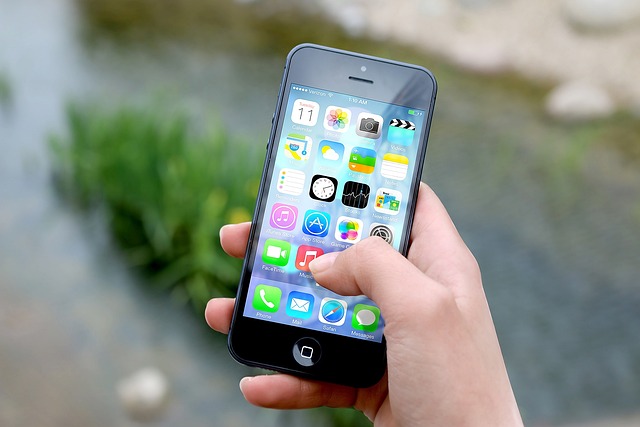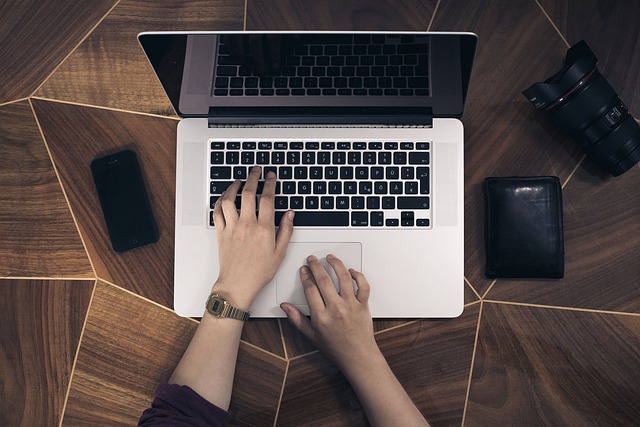Last Updated on June 6, 2024 by Admin
In today’s fast-paced world, our iPhones have become indispensable tools, keeping us connected, organized, and entertained throughout the day. However, as powerful as these devices are, their battery life often leaves much to be desired. The frustration of a drained battery at the most inconvenient times is a common experience for many iPhone users. But fear not, because, in this comprehensive guide, we’ll explore 10 essential tips and tricks to help you maximize your iPhone battery life and keep it running smoothly throughout the day.
Tips and Tricks to Help You Maximize iPhone Battery Life
Adjust Screen Brightness
One of the biggest drains on your iPhone battery life is its display. By default, iPhones tend to have a fairly high brightness level, which can significantly impact battery life, especially if you’re using your phone frequently. To optimize battery usage, go to Settings > Display & Brightness and adjust the brightness slider to a level that is comfortable for you but not excessively bright. Additionally, consider enabling the “Auto-Brightness” feature, which adjusts the screen brightness based on ambient light conditions, further conserving battery power.
Manage Background App Refresh
Background App Refresh allows apps to update content in the background, even when you’re not actively using them. While this feature can be convenient, it can also drain your battery by constantly fetching data. To manage Background App Refresh, navigate to Settings > General > Background App Refresh, and either disable it entirely or select which apps are allowed to refresh in the background. Limiting unnecessary background activity can significantly improve iPhone battery life.
Enable Low Power Mode
When your iPhone’s battery is running low, Low Power Mode is your best friend. This feature reduces power consumption by disabling non-essential features and background activities. You can manually enable Low Power Mode by going to Settings > Battery and toggling the switch. Alternatively, your iPhone will prompt you to enable it when the battery reaches 20% and 10% remaining. Keep in mind that while in Low Power Mode, some features such as email fetch, Hey Siri, and visual effects will be temporarily disabled to conserve power.
Manage Location Services
Location Services allow apps to determine your location using GPS, Wi-Fi, and cellular data, which can drain your battery, especially if multiple apps are constantly accessing your location. To optimize battery usage, review which apps have access to your location by going to Settings > Privacy > Location Services. You can either disable Location Services entirely or choose to allow location access only when the app is in use, which can significantly reduce battery drain.
Update iOS and Apps
Regular software updates not only bring new features and enhancements but also include optimizations and bug fixes that can improve iPhone battery life. Make sure to keep your iPhone’s operating system and apps up to date by going to Settings > General > Software Update. Additionally, some apps may have settings or features specifically designed to improve iPhone battery life efficiency, so it’s worth checking for updates and exploring any available options.
Manage Push Notifications
While push notifications keep you informed and connected, they can also contribute to battery drain, especially if you receive a high volume of notifications from multiple apps. Take control of your notifications by going to Settings > Notifications and reviewing which apps are allowed to send them. Consider disabling notifications for non-essential apps or adjusting notification settings to reduce their frequency, ultimately conserving battery power.
Use Wi-Fi Whenever Possible
Using Wi-Fi instead of cellular data can help preserve your iPhone battery life, as Wi-Fi typically consumes less power than cellular connectivity. Whenever you’re in range of a Wi-Fi network, connect to it to reduce the strain on your battery. You can enable Wi-Fi by swiping down from the top right corner of the screen to access the Control Center and tapping the Wi-Fi icon.
Manage Display Auto-Lock
Auto-Lock automatically locks your iPhone after a period of inactivity, preventing the screen from staying on unnecessarily and conserving battery power. To adjust Auto-Lock settings, go to Settings > Display & Brightness > Auto-Lock, and choose a shorter time interval. Setting a shorter Auto-Lock time will ensure that your iPhone’s display turns off sooner when not in use, prolonging iPhone battery life.
Limit Widgets and Dynamic Wallpapers
Widgets and dynamic wallpapers may enhance the visual appeal of your iPhone’s home screen, but they can also consume valuable battery power. Consider reducing the number of widgets on your home screen or opting for static wallpapers to minimize battery drain. To manage widgets, swipe right from the home screen to access the Today View, then scroll to the bottom and tap Edit to customize which widgets are displayed.
Monitor Battery Usage
Lastly, keep an eye on your iPhone’s battery usage to identify any apps or activities that are particularly battery-intensive. Go to Settings > Battery to view a breakdown of battery usage by app and see which ones are consuming the most power. If you notice any apps using an excessive amount of battery, consider limiting their usage or adjusting their settings to reduce their impact on iPhone battery life.
Conclusion
With these 10 essential tips and tricks, you can optimize your iPhone battery life and ensure that it lasts as long as possible throughout the day. By adjusting settings, managing background activities, and being mindful of how you use your device, you can enjoy longer battery life and fewer moments of frustration due to a drained battery. Incorporate these strategies into your daily routine, and you’ll be amazed at how much longer your iPhone lasts on a single charge.
FAQs
- Why does my iPhone battery drain so quickly? This is a common concern, and several factors could contribute to rapid battery drain. Background app refresh, push notifications, excessive screen brightness, and poor cellular or Wi-Fi signal strength can all drain your battery faster. Additionally, running power-hungry apps or having a battery in need of replacement can also be culprits.
- How long should my iPhone battery last on a full charge? The battery life of an iPhone varies depending on the model and usage habits. Typically, newer iPhone models can last a full day with normal usage, while older models might need to be recharged more frequently. Apple provides estimated battery life for each iPhone model on its website.
- Is it okay to leave my iPhone plugged in overnight? While modern iPhones are designed to prevent overcharging and optimize battery health, it’s generally recommended to avoid leaving your iPhone plugged in overnight regularly. Occasional overnight charging is unlikely to cause significant harm, but frequent overnight charging can lead to long-term battery degradation.
- How can I extend my iPhone’s battery life? There are several ways to maximize your iPhone battery life:
- Reduce screen brightness.
- Enable Low Power Mode.
- Disable unnecessary background app refresh.
- Turn off location services for apps that don’t require them.
- Limit notifications.
- Use Wi-Fi instead of cellular data when possible.
- Keep your iPhone software up to date.
- When should I replace my iPhone battery? Over time, iPhone batteries lose their ability to hold a charge effectively, leading to decreased battery life and performance issues. If you notice that your iPhone’s battery drains quickly even after optimizing settings and usage habits, or if it shuts down unexpectedly, it may be time to replace the battery. Apple provides battery health information in the Settings app, which can help you determine when to replace the battery.

